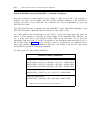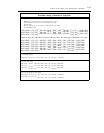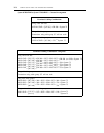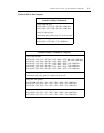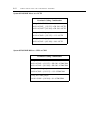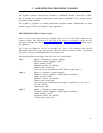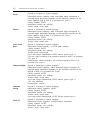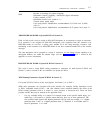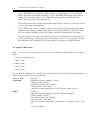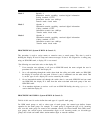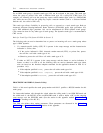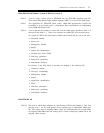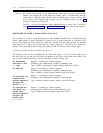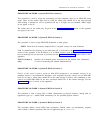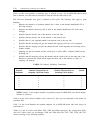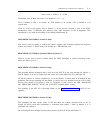
C-4
ADMINISTRATIVE PROCEDURE SUMMARY
1
2
Use an ISDN-PRI trunk exclusively. When routed to a specific pattern, the first available
ISDN trunk found in the highest preference is used. Non-ISDN trunk group preferences are
skipped in the routing algorithm. If an ISDN-PRI trunk group is not translated in this
pattern, the calling party hears intercept tone.
This encode can be used to ensure that an ISDN digital trunk is used for a certain set of users
(such as high-speed data endpoints).
Use an ISDN trunk if one is available; otherwise use a facility of another type. The routing
algorithm selects the first available ISDN trunk of the highest preference; otherwise it selects
the first available non-ISDN trunk of the highest preference associated with the pattern.
Using this encode can, when possible, provide user-to-user information for a particular call
(such as transporting of calling party name and number). When it is not possible to provide
this information, call completion can still be achieved by selecting a non-ISDN facility.
BC (System 85 R2V4 Only)
Field 3 of this word is used to assign a BC to a class of extensions. The available encodes specify a
BC of :
0
1
2
3
4
Voice or voice-grade data
Mode-1 data
Mode-2 data
Mode-3 data
Mode-0 data
The assigned BC influences how the BC IE is coded for the setup message. The following defines the
encoding of the BC IE for the 10 possible BCs.
Voice or Voice
Grade Data
Mode 1
Opcode: 4
Information transfer capability: speech
Coding standard: CCITT
Information transfer rate: 64K-bps
Transfer mode: circuit mode
Layer and protocol identification: CCITT Mu-law speech (layer 1)
Opcode: 4
Information transfer capability: restricted digital information
Coding standard: CCITT
Information transfer rate: 64K-bps
Transfer mode: circuit mode
Layer and protocol identification: rate adaption as specified in I.461 (layer
1)
User rate: 56K-bps



